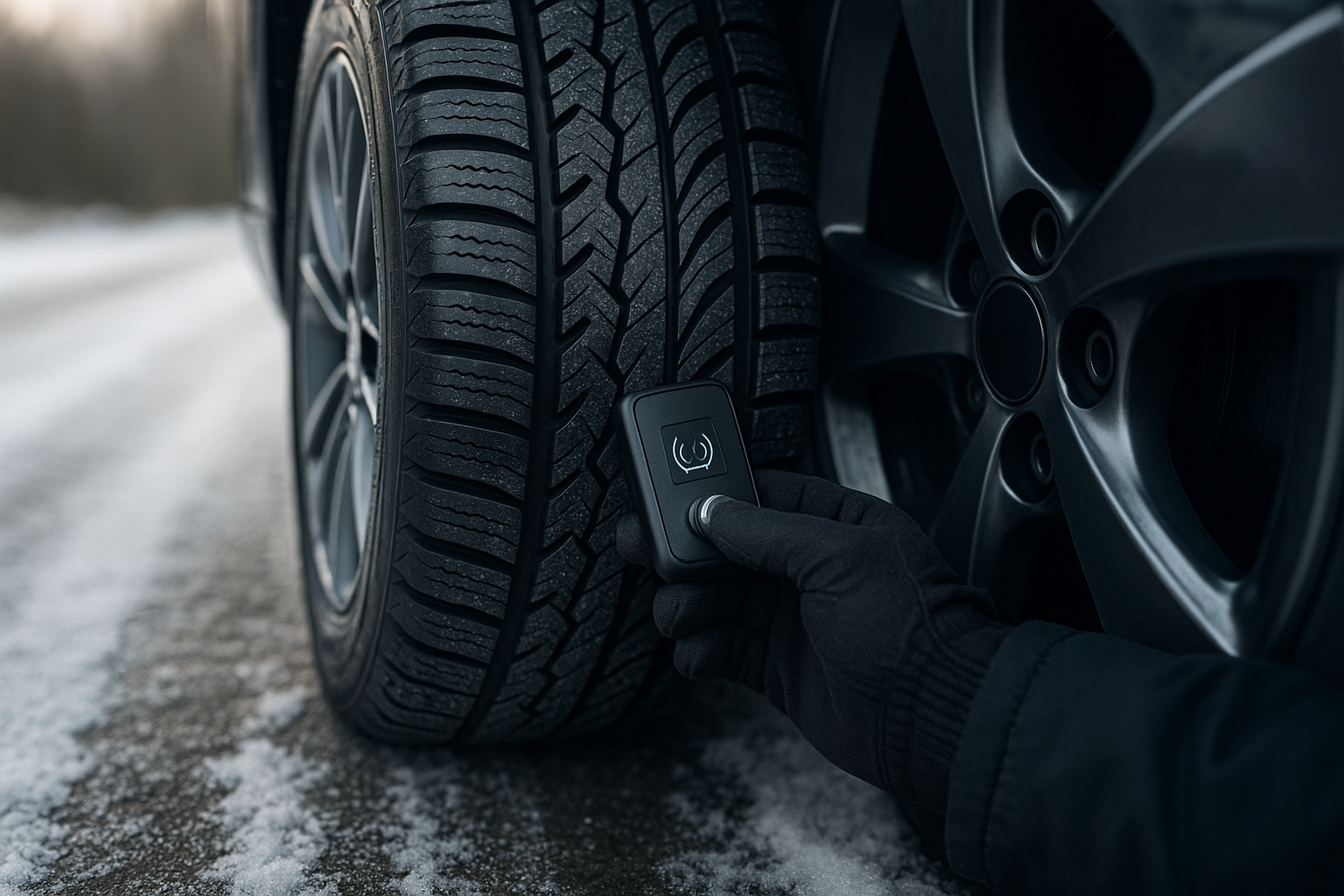All-Season Tires: Everything You Need to Know
All-season tires represent a versatile solution for drivers seeking year-round performance without the hassle of seasonal tire changes. These tires combine elements of summer and winter tire technology to provide adequate traction in various weather conditions, from dry pavement to light snow. Understanding their capabilities, limitations, and proper selection criteria helps drivers make informed decisions about their vehicle's safety and performance throughout the year.

All-season tires have become the go-to choice for millions of drivers across the United States, offering a practical compromise between specialized summer and winter tires. These versatile tires feature unique tread patterns and rubber compounds designed to handle diverse driving conditions while maintaining reasonable performance year-round.
How Do I Choose the Optimal All-Season Tires?
Selecting the right all-season tires requires careful consideration of several factors. Start by checking your vehicle’s tire size, which appears on the sidewall of your current tires or in your owner’s manual. Consider your driving habits, local climate conditions, and budget constraints. Look for tires with appropriate speed ratings and load indices that match your vehicle’s specifications. Reading professional reviews and consumer ratings can provide valuable insights into real-world performance. Additionally, consider the tire’s treadwear warranty, which indicates expected longevity under normal driving conditions.
What Is the Importance of All-Season Tires in Different Weather Conditions?
All-season tires excel in moderate weather conditions but have specific limitations drivers should understand. In dry conditions, they provide stable handling and good fuel economy, though they may not match the precision of dedicated summer tires. During wet weather, quality all-season tires offer reliable traction through specialized tread patterns that channel water away from the contact patch. In light snow and slush, they perform adequately for most drivers, featuring enough grip for safe navigation. However, in severe winter conditions with heavy snow, ice, or temperatures consistently below 45°F, dedicated winter tires significantly outperform all-season options.
What Are Important Aspects When Buying Durable Tires?
Durability depends on several key factors that smart buyers should evaluate. Tread compound quality affects both longevity and performance, with premium manufacturers using advanced silica-enhanced compounds. Construction quality, including steel belt design and sidewall reinforcement, impacts resistance to punctures and irregular wear. Treadwear ratings provide standardized comparisons, though actual mileage varies based on driving habits and road conditions. Brand reputation and warranty coverage offer additional assurance of quality and manufacturer confidence in their product.
How Do I Properly Maintain and Care for All-Season Tires?
Proper maintenance significantly extends tire life and maintains optimal performance. Check tire pressure monthly using a reliable gauge, as underinflation causes premature wear and reduces fuel efficiency. Rotate tires every 5,000 to 8,000 miles following your vehicle manufacturer’s recommended pattern to ensure even wear. Regular wheel alignments prevent irregular wear patterns that can dramatically shorten tire life. Inspect tires regularly for signs of damage, embedded objects, or unusual wear patterns that might indicate mechanical issues. Keep tires clean and avoid prolonged exposure to harsh chemicals or extreme temperatures when possible.
How Do Summer, Winter, and All-Season Tires Differ?
Each tire type serves specific purposes and conditions. Summer tires feature harder rubber compounds that remain flexible in warm temperatures, providing superior dry and wet traction when temperatures stay above 45°F. Their tread patterns optimize contact with the road surface for maximum grip and precise handling. Winter tires use softer compounds that stay pliable in cold temperatures, featuring deeper treads and specialized siping for snow and ice traction. All-season tires compromise between these extremes, using moderate compound hardness and versatile tread patterns that function adequately across temperature ranges but excel in none.
| Tire Brand | Model | Size Example | Price Range |
|---|---|---|---|
| Michelin | Defender T+H | 225/60R16 | $120-180 |
| Goodyear | Assurance WeatherReady | 225/60R16 | $110-160 |
| Continental | TrueContact Tour | 225/60R16 | $100-150 |
| Bridgestone | Ecopia EP422 Plus | 225/60R16 | $95-140 |
| Cooper | CS5 Ultra Touring | 225/60R16 | $85-125 |
Prices, rates, or cost estimates mentioned in this article are based on the latest available information but may change over time. Independent research is advised before making financial decisions.
All-season tires provide a practical solution for drivers seeking convenience and adequate performance across various conditions. While they may not excel in extreme weather situations like specialized tires, their versatility makes them suitable for most driving scenarios. Proper selection based on individual needs, combined with regular maintenance, ensures optimal performance and value from your tire investment. Understanding their capabilities and limitations helps drivers make informed decisions about when all-season tires meet their needs and when specialized alternatives might be necessary.




